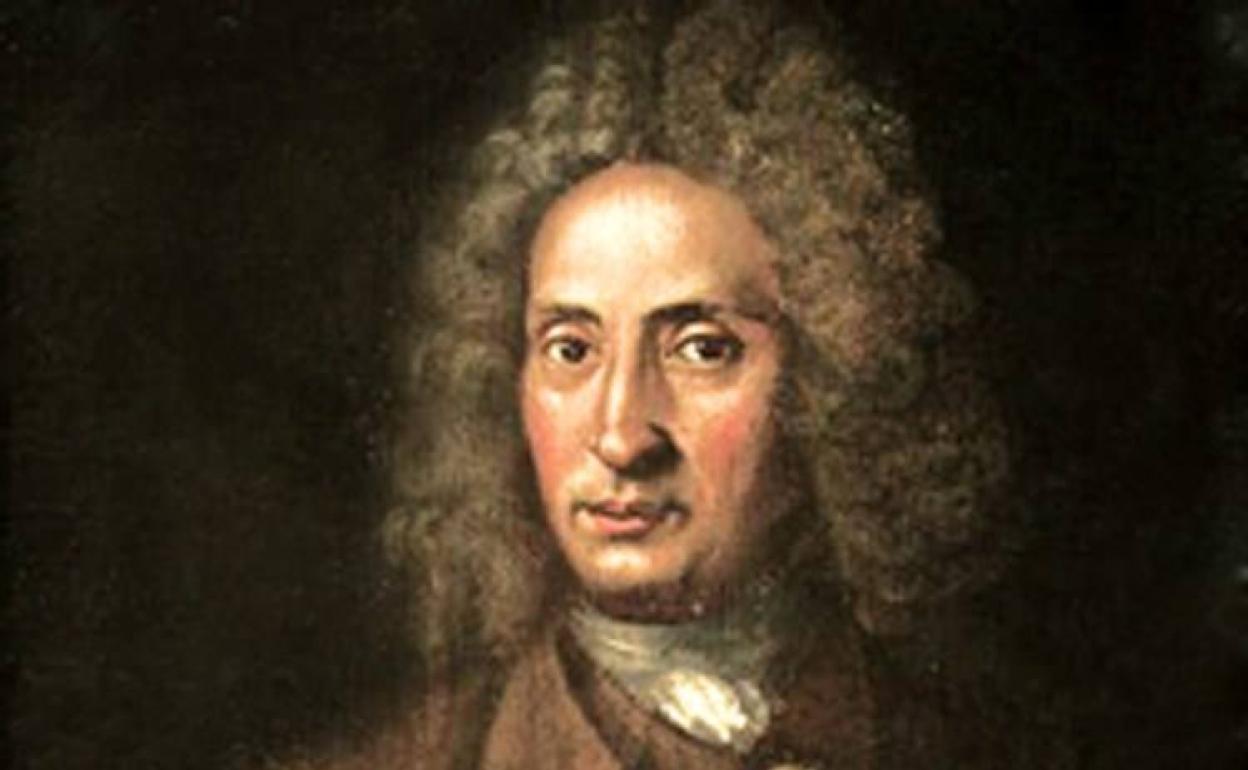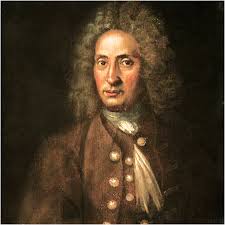Tomaso Giovanni Albinoni (June 8, 1671 – January 17, 1751) was an Italian Baroque composer renowned for his instrumental music, particularly his concertos, sonatas, and operas. Although much of his work has been overshadowed by his more famous contemporaries, Albinoni’s music remains significant, particularly for his contributions to the development of the concerto form and for his influence on later composers, including Johann Sebastian Bach.
Early Life and Background
Tomaso Albinoni was born in Venice, Italy, to a wealthy paper merchant, Antonio Albinoni. Unlike many of his contemporaries, Albinoni was not trained for a career in the church or as a court musician but pursued music as a gentleman amateur. His financial independence allowed him to compose prolifically without the constraints often faced by professional musicians of his time.
Musical Training and Influences
Albinoni’s early musical training is not well-documented, but it is presumed that he studied violin and singing. He was likely influenced by the rich musical environment of Venice, a city that was a major center for opera and instrumental music. Venice boasted numerous theaters and a vibrant cultural life that would have exposed Albinoni to a variety of musical styles and trends.
Career and Major Works
Albinoni’s career began to flourish in the early 18th century. His first opera, “Zenobia, regina de Palmireni,” was produced in 1694, and he went on to compose around 50 operas, although many of these have been lost. He also wrote numerous instrumental works, including sonatas, sinfonias, and concertos.
Albinoni is perhaps best known for his oboe concertos, which were among the first of their kind and helped to establish the oboe as a solo instrument in orchestral music. His “Concerto for Oboe in D minor, Op. 9, No. 2” is particularly celebrated for its lyrical qualities and intricate interplay between the soloist and the orchestra.
Albinoni and the Concerto Form
Albinoni made significant contributions to the development of the concerto form. His concertos often featured a solo instrument, such as the violin or oboe, set against a contrasting orchestral ensemble. This structure was innovative at the time and influenced the later development of the solo concerto. His “Concerti a cinque,” a collection of 12 concertos published in 1722, exemplifies his mature style and mastery of the form.
Influence and Legacy
Although Albinoni was not as widely recognized as some of his contemporaries during his lifetime, his music had a lasting impact. Johann Sebastian Bach admired Albinoni’s work and used some of his themes for exercises in counterpoint for his students.
Albinoni’s “Adagio in G minor,” one of his most famous pieces, was actually reconstructed and arranged by 20th-century musicologist Remo Giazotto, who based it on a fragment of a manuscript he claimed to have discovered. This piece has since become a staple of the classical music repertoire, demonstrating Albinoni’s enduring appeal.
Later Life and Death
Albinoni continued to compose and perform until his death in 1751. Little is known about his personal life, and many of his manuscripts were lost during World War II when the Dresden State Library, which housed them, was destroyed. Despite this, Albinoni’s surviving works continue to be performed and appreciated for their elegance, melodic richness, and structural innovation.
Conclusion
Tomaso Albinoni’s contributions to Baroque music, particularly his innovations in the concerto form and his beautiful melodic lines, have secured his place in the history of classical music. While much of his work remains overshadowed by that of his more famous contemporaries, the elegance and emotional depth of his compositions continue to captivate audiences and influence musicians around the world.


Comments are closed